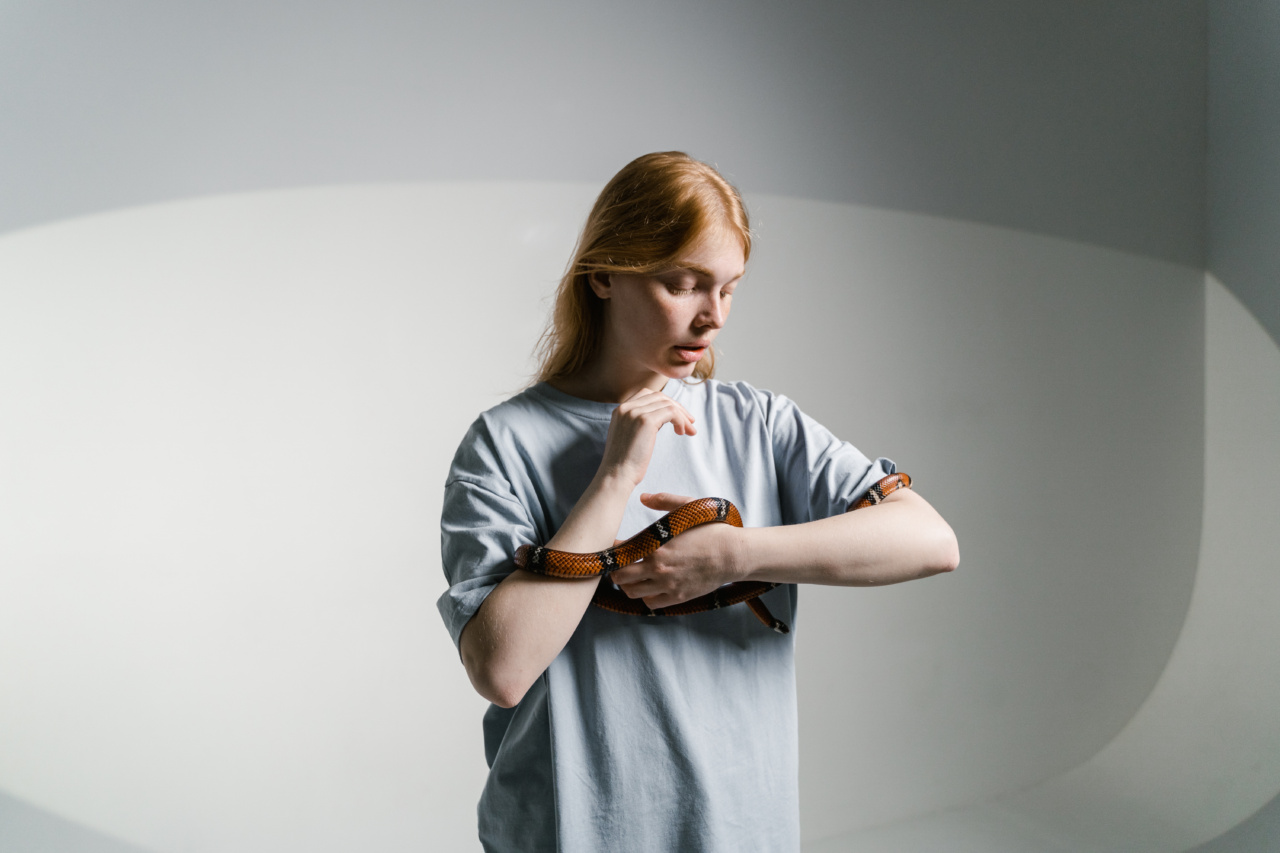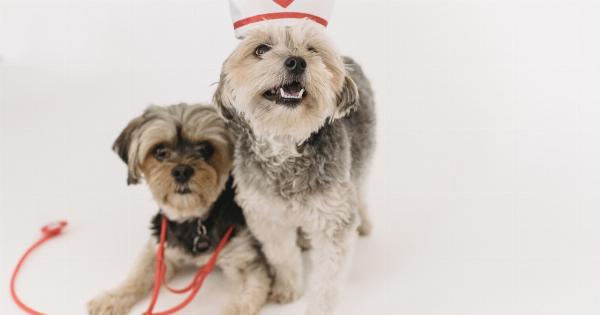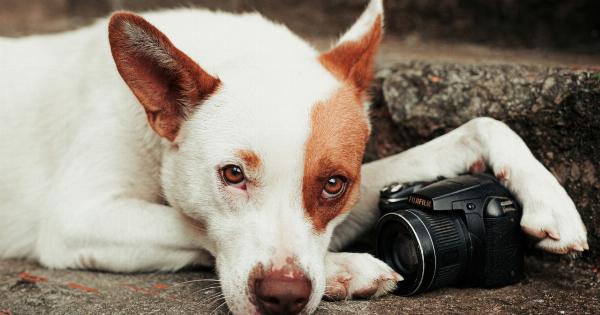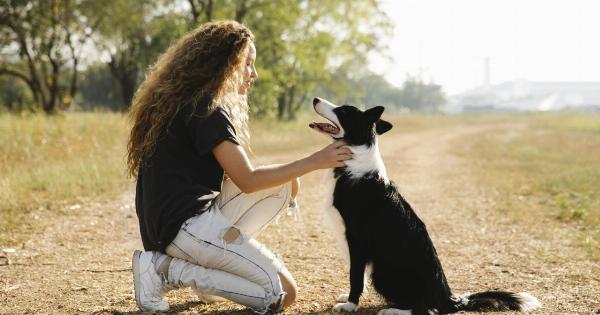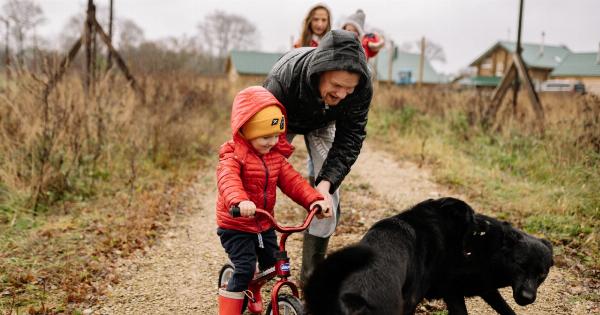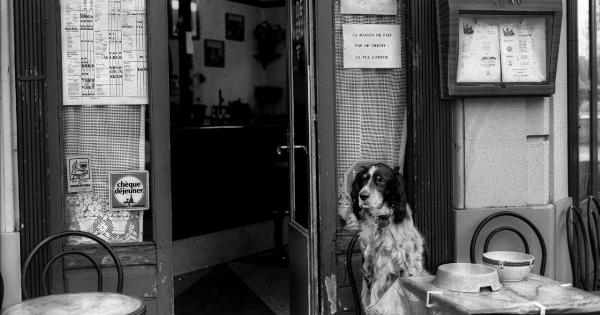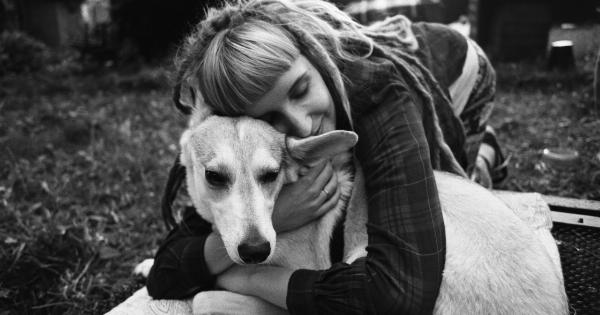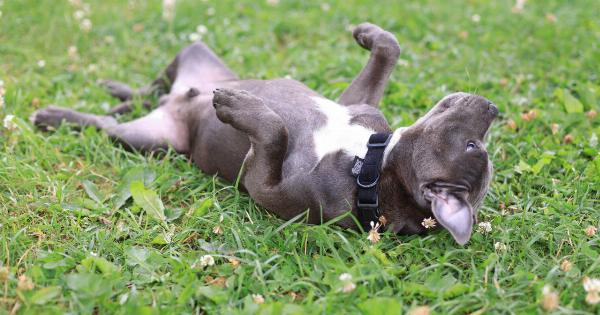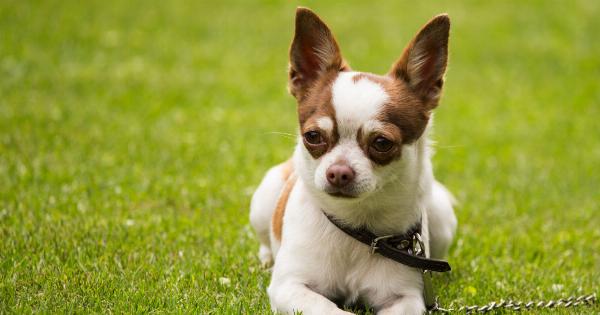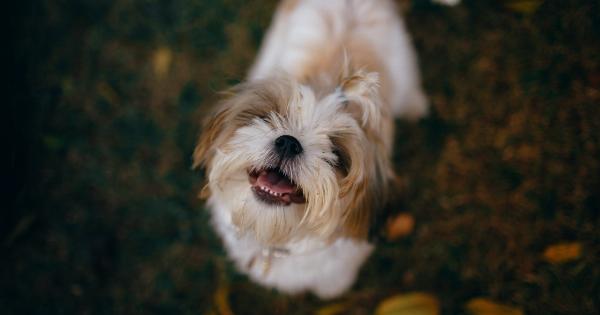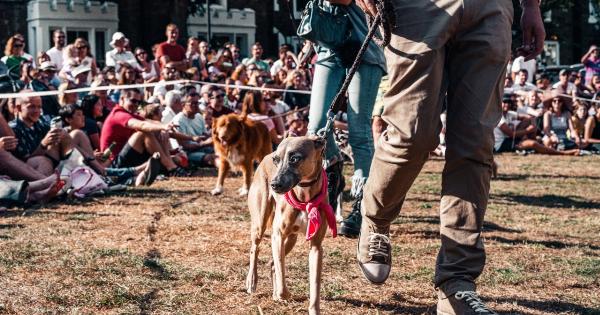It is not uncommon for dogs to experience anxiety, just like humans. However, their anxiety is often displayed in different ways, such as destructive behavior, excessive barking, and even aggression.
As a responsible dog owner, it is essential to address and overcome your K9’s anxiety for their well-being and the harmony of your household. In this article, we will explore the do’s and don’ts when it comes to managing and overcoming K9 anxiety.
Do: Recognize the Signs of Anxiety
Understanding the signs of anxiety in dogs is crucial for effective management. Some common signs include restlessness, excessive panting, pacing, trembling, hiding, excessive barking or whining, aggression, and destructive behavior.
By recognizing these signs early on, you can intervene and provide the necessary support to help your dog overcome their anxiety.
Don’t: Ignore the Anxiety
One of the biggest mistakes dog owners make is ignoring their dog’s anxiety. Many assume that the behavior will subside on its own without intervention.
However, anxiety in dogs typically worsens without proper attention and can lead to more severe issues over time. Ignoring the anxiety will only prolong your dog’s suffering and make it harder to overcome in the long run.
Do: Create a Safe and Secure Environment
Creating a safe and secure environment for your anxious dog is essential. Ensure that there is a designated area in your home where your dog can retreat to when feeling overwhelmed. Consider using a crate or a cozy corner with their bed and favorite toys.
Additionally, provide plenty of mental and physical stimulation to keep your dog engaged and distracted from their anxious thoughts.
Don’t: Punish or Reinforce Anxious Behavior
When dealing with an anxious dog, it is crucial not to punish or reinforce their anxious behavior. Punishment can cause further stress and worsen the anxiety, while reinforcing the behavior can inadvertently encourage it.
Instead, focus on positive reinforcement for calm and relaxed behavior, rewarding your dog with treats, praise, or playtime when they exhibit the desired behavior.
Do: Establish a Routine
Dogs thrive on routine, and it can be particularly beneficial for anxious dogs. Establish a consistent daily routine for meals, walks, playtime, and training.
Knowing what to expect and when can help reduce anxiety by providing a sense of predictability and stability. Stick to the routine as closely as possible to help your dog feel secure and comfortable in their environment.
Don’t: Overwhelm Your Dog
Avoid overwhelming your anxious dog with too many new experiences all at once. Introduce new things gradually and at their own pace.
Whether it’s meeting new people, encountering unfamiliar animals, or exploring new environments, allowing your dog to adjust gradually can prevent them from feeling overwhelmed and triggering anxiety. Patience is key when it comes to helping your dog overcome their fears.
Do: Consider Professional Help
If your dog’s anxiety persists and interferes with their quality of life, it may be beneficial to seek professional help.
A veterinarian or a certified dog behaviorist can assess your dog’s anxiety and provide expert guidance tailored to their specific needs. They may recommend behavior modification techniques, medication, or a combination of both to help your dog manage and overcome their anxiety.
Don’t: Use Forceful Training Methods
Forceful training methods, such as shock collars or physical punishment, can exacerbate anxiety in dogs. These methods not only cause distress but also erode the trust between you and your dog.
Opt for positive reinforcement training techniques instead, as they promote a bond based on trust, love, and understanding.
Do: Provide Calming Supplements or Products
There are various calming supplements, products, and pheromone diffusers available in the market that can help reduce anxiety in dogs.
These can include natural remedies like chamomile or lavender, as well as anxiety wraps or toys designed to provide comfort. Consult with your veterinarian to determine suitable options for your dog’s specific needs.
Don’t: Neglect Exercise and Mental Stimulation
Regular exercise and mental stimulation are essential for managing anxiety in dogs. Adequate physical exercise helps release excess energy and increases endorphin levels, promoting a sense of calmness.
Mental stimulation, such as puzzle toys or training sessions, engages your dog’s mind and redirects their focus away from anxious thoughts. Incorporate both physical and mental activities into your dog’s routine to help reduce their anxiety levels.
Do: Stay Calm and Provide Comfort
Dogs are incredibly perceptive to their owners’ emotions. When your dog is experiencing anxiety, it is vital to remain calm and composed. Reacting with anxiety or frustration yourself can further escalate their distress.
Instead, provide comfort by speaking in a soothing tone, offering gentle touches or cuddles, and creating a peaceful environment. Your presence and reassurance can work wonders in helping your dog feel secure and alleviate their anxiety.
Conclusion
Managing and overcoming K9 anxiety requires patience, understanding, and consistency.
By recognizing the signs of anxiety, creating a safe environment, establishing a routine, and seeking professional help when necessary, you can help your furry friend conquer their fears and live a happier, anxiety-free life. Remember, a calm and content dog starts with a caring and attentive owner.
